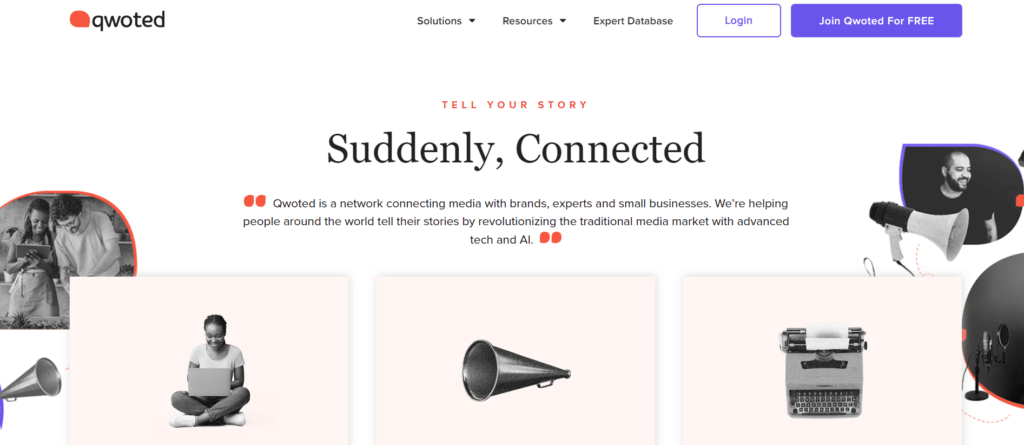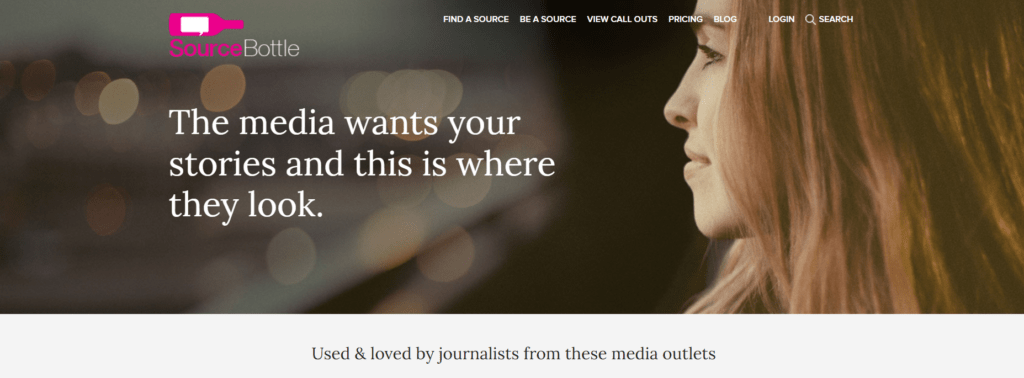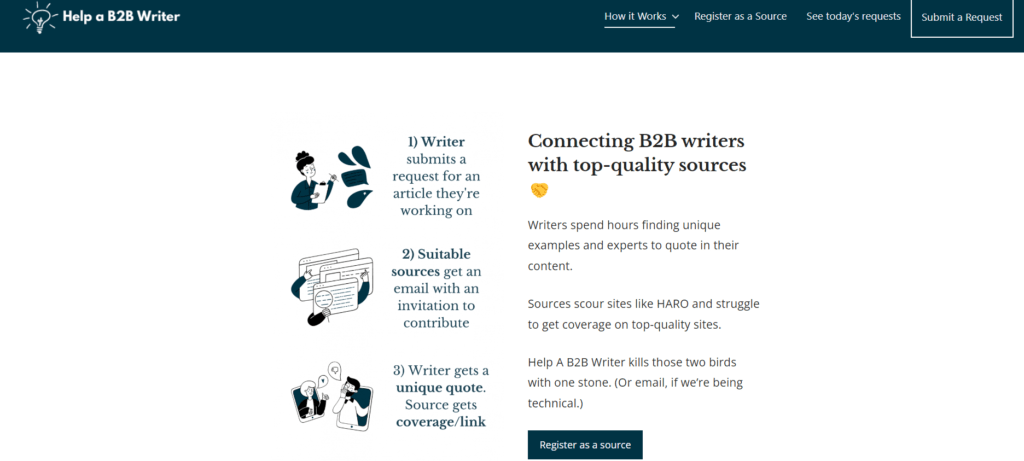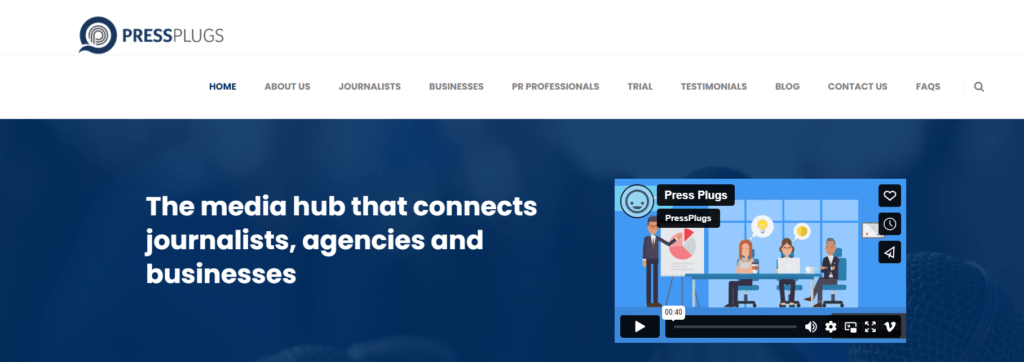
Link building through HARO (Help a Reporter Out) is a vital strategy for enhancing online visibility and SEO. This platform uniquely benefits both journalists and businesses; it aids journalists in finding reliable sources while offering businesses a chance to secure high-quality links and boost their online presence. The effectiveness of HARO in the realm of SEO is rooted in its ability to provide exposure and link-building opportunities through a direct connection with journalists. For businesses, the key to leveraging HARO successfully lies in crafting pitches that are not only informative but precisely tailored to meet the journalists’ specific needs. This process demands a deep understanding of the journalists’ queries and a strategic presentation of one’s expertise or business value.
Moreover, while HARO is an invaluable tool in any SEO toolkit, exploring HARO alternatives can also enrich a comprehensive link-building strategy. The impact of using HARO for SEO is tangible and measurable. Businesses can track the effectiveness of their HARO link-building efforts by analyzing key metrics such as the quality and relevance of the backlinks obtained, referral traffic, the authority of linking domains, and overall improvements in search engine rankings. These metrics offer a detailed insight into how HARO, and similar platforms, can significantly contribute to enhancing a business’s digital footprint and search engine visibility.
What is HARO and how can it be used for link building?

HARO, or Help a Reporter Out, is a platform that serves as a bridge between journalists and sources. It offers a unique opportunity for businesses and individuals to showcase their expertise and, in return, gain high-quality backlinks from reputable media outlets. By responding to journalist queries with insightful and relevant information, users can enhance their digital marketing strategy and improve their website’s visibility in search engines. HARO’s daily emails are a key feature, providing a list of queries from journalists, which users can respond to, potentially earning a valuable link back to their website.
Understanding the concept of HARO
HARO operates by sending out daily emails containing numerous queries from journalists across various industries. These emails are a crucial resource for businesses looking to engage in HARO outreach. By creating a free account on HARO, businesses can start building their presence in the media world. The platform covers a wide range of topics, allowing users to find and respond to queries that align with their expertise. This approach is one of the best ways to acquire high-authority backlinks, as it connects users with journalists from high-authority publications.
Utilizing HARO for link building:
To effectively use HARO for link building, businesses should focus on identifying queries that are relevant to their expertise. Crafting well-thought-out responses to these queries is a critical step in HARO’s link-building process. This method not only helps in acquiring links but also in driving organic traffic to their website. SEO agencies and digital marketing professionals regard HARO as one of the most efficient platforms like HARO for link building.
The key is to consistently respond to queries and provide valuable insights, which can lead to new link opportunities. HARO works best when users understand the importance of quality over quantity in their HARO outreach efforts. Outside of HARO, there are other free and paid options for acquiring links, but HARO remains a preferred choice for many award-winning SEO and digital marketing consultants due to its effectiveness and wide reach.
Benefits of using HARO for backlinks:
- Enhanced Link-Building Campaigns: HARO is one of the best link-building strategies available today. It serves as a service that connects journalists with sources, providing businesses with a platform to be part of impactful stories. By participating in queries on HARO, companies can integrate HARO into their link-building campaigns, finding relevant link opportunities that are not only authoritative but also highly relevant to their niche.
- Establishing Credibility and Brand Awareness: Using HARO and alternatives to backlinks is an excellent way to establish credibility in your industry. Being featured in reputable publications through HARO can significantly enhance brand awareness. This visibility often translates into improved SEO results, as search engines value links from trusted sources, thereby increasing link equity.
- Access to a Wide Range of Opportunities: HARO provides access to a multitude of queries across various industries, offering diverse opportunities for link-building success. This variety allows businesses to target the most relevant and beneficial opportunities, ensuring that the backlinks they acquire are not only high-quality but also perfectly aligned with their brand and audience.
- Cost-Effective Strategy for Diverse Niches: HARO is a cost-effective solution for businesses of all sizes. Whether you’re a small startup or an established company, HARO offers the chance to gain valuable backlinks without the hefty price tag of traditional PR campaigns. Jenny, an award-winning SEO consultant, advocates for HARO as a tool that can level the playing field, allowing smaller businesses to compete with larger ones in building a strong online presence.
Best practices for pitching on HARO:
- Understanding HARO’s Platform Before diving into HARO pitches, it’s important to know if HARO aligns with your SEO goals. HARO offers a platform where journalists and sources converge, making it a valuable tool for acquiring high-authority backlinks. Familiarize yourself with how HARO works to effectively utilize its services.
- Signing Up and Navigating Requests Sign up for a free HARO account to start. Regularly check HARO requests that align with your expertise. This step is crucial for SEO professionals looking to connect with journalists in need of expert insights.
- Crafting Relevant and Insightful Responses When responding to a HARO query, ensure your answer is tailored to the journalist’s specific needs. Your response should provide unique insights, enhancing the value of the article and increasing the likelihood of securing a backlink.
- Focusing on High-Quality Contributions Aim for high-authority backlinks by offering high-quality, informative content. Many SEO strategies emphasize the quality of backlinks over quantity. Your contributions should reflect a deep understanding of the topic to stand out.
- Timeliness and Precision in Replies Responding promptly to HARO requests can set you apart. Journalists often work on tight deadlines, so timely and precise replies are more likely to be considered. This practice not only improves your SEO but also builds your reputation as a reliable source.
- Building Relationships for Long-Term SEO Value HARO outreach is one effective way to build lasting relationships with journalists. These connections can lead to ongoing opportunities, enhancing the long-term SEO value of your website through consistent, high-quality backlinks.
Common mistakes to avoid when pitching on HARO queries:
Successfully leveraging HARO for link building requires a strategic approach. Here are four common mistakes to avoid, ensuring your pitches stand out and align with SEO best practices:
- Generic Responses: One of the key mistakes is sending generic responses. When you want to respond to a HARO query, tailor your reply to the specific question. Journalists are often inundated with responses, so providing a unique, detailed answer increases your chances of being noticed. Remember, they are looking for the best and most relevant information to enhance their articles.
- Irrelevance and Spamming: Avoid the temptation to spam journalists with irrelevant pitches. Each response should directly address the journalist’s request. Spamming not only diminishes your chances of securing a backlink but can also harm your reputation among journalists and other link builders.
- Lack of Professionalism: Professionalism is crucial in your HARO outreach. This includes clear, concise communication and ensuring that your responses are free of errors. A well-crafted, professional pitch reflects positively on your expertise and increases the likelihood of achieving results with HARO. So, consider using AI for Google Slides to help you come up with visually appealing and impactful presentations that accompany your HARO pitches.
- Ignoring SEO Impact: Not understanding the SEO value of HARO can be a significant oversight. Link building with HARO, when done correctly, can lead to high-quality backlinks from authoritative sources. These backlinks are valuable for SEO, as they can improve your website’s visibility and ranking on search engines like SEO.
What are the alternatives to HARO for link building?
While HARO is a popular choice for link building, several other platforms offer similar services, catering to various needs and niches. Here’s a look at some notable alternatives:
Qwoted: This platform is designed to connect journalists with industry experts and thought leaders. Qwoted is particularly beneficial for businesses looking to build links in specific sectors. It offers a more targeted approach, allowing experts to connect with journalists who are specifically interested in their field of expertise.

SourceBottle: Similar to HARO, SourceBottle is a platform where journalists and bloggers post requests for sources. It’s widely used for lifestyle, health, and business-related content. SourceBottle can be particularly useful for businesses looking to build links in these niches, offering opportunities to be quoted in relevant articles.

Help a B2B Writer: As the name suggests, this platform is tailored for the B2B (Business to Business) market. It’s an excellent resource for companies in the B2B sector to connect with writers specifically looking for industry-specific insights and expertise.

Press Plug: This service works slightly differently by allowing businesses and individuals to list themselves as available sources for journalists. It’s a proactive way to offer your expertise, making it easier for journalists to find you when they need a source in your industry.

Featured: Featured functions as a bridge between experts and journalists, similar to HARO. It provides opportunities for businesses and individuals to get their voices heard in various publications, thereby building quality backlinks and enhancing their online presence.
Repute Post:
The link building efforts with Repute Post is different from above-mentioned platforms. Here, you can find thousands of websites within your niche. The repute post marketplace features active publishers and those who are always interested in mutual collaboration for building genuine and high authority backlink.
With marketplace, Repute Post also helps SEOs, Webmasters, and agencies to automate their link building efforts. They are one of the most trusted services providers for niche edits and white label link building services.
Improving SEO results through Backlinks with HARO:
Integrating HARO (Help a Reporter Out) into your SEO strategy can significantly boost your business’s search engine rankings and organic traffic. This integration allows businesses not only to optimize keywords but also to land killer links from authoritative sources, which are crucial for enhancing online visibility.
Incorporating HARO into your SEO strategy
To effectively incorporate HARO into your SEO efforts, focus on targeting relevant queries that align with your business niche. This approach helps in building topical authority, as the content you provide in responses will be directly related to your area of expertise. By obtaining high-quality links through HARO, you can enhance your website’s authority and credibility, which are key factors in search engine optimization. A digital marketing agency can leverage HARO to get the links you want, ensuring that each backlink contributes significantly to your overall SEO strategy.
The impact of HARO backlinks on search engine rankings
The backlinks acquired from sites through HARO are more than just standard links; they are often seen as endorsements from reputable sources. This recognition can substantially improve a website’s search engine rankings. High-quality links from HARO signal to search engines that your website is a credible and authoritative source, leading to potential improvements in organic search rankings.
Maximizing keyword optimization with HARO link building
HARO also offers an excellent opportunity to maximize keyword optimization. When crafting responses to HARO queries, strategically include targeted keywords. This practice not only aligns your responses with your SEO goals but also increases the likelihood of your content appearing in relevant search engine results pages. The best links are those that naturally incorporate targeted keywords, enhancing the relevance and authority of your website.
Take Away of HARO Link Building:
HARO stands out as a pivotal tool in the link-building arsenal, offering a unique approach that goes beyond traditional methods like guest posting. Its haro link service provides a direct pathway to get a link from esteemed publications, significantly boosting a website’s SEO profile. This platform facilitates organic and authoritative links to your website, which are instrumental in building valuable, long-term SEO success.
The diversity and reach of HARO make it an invaluable resource for businesses targeting specific audiences across various industries. By avoiding common pitfalls and strategically responding to queries, companies can leverage HARO to not only enhance their online presence but also to secure high-quality backlinks that contribute to improved search engine rankings and a robust digital marketing strategy.
FAQs
1. How can I sign up for HARO?
To sign up for HARO, visit their website and follow the registration process. It’s free to use!
2. Is HARO only for journalists and businesses?
No, HARO is open to anyone who wants to contribute their expertise to journalists’ queries.
3. Are there any fees associated with using HARO?
HARO offers free and paid plans, with additional benefits for paid users. However, you can start with the free version.
4. Can I use HARO to promote my products or services?
HARO is primarily for sharing expertise and opinions. While you can indirectly promote your business by being a valuable source, it’s not a direct advertising platform.
5. How can I increase my chances of being featured in the media through HARO?
Be responsive, concise, and provide well-documented information. Building relationships with journalists can also enhance your chances of being featured.



